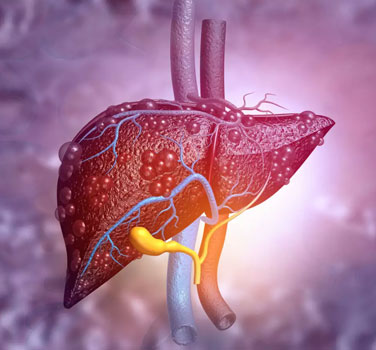In most instances, the above causes initially result in Hepatitis which can usually be treated. However, if the offending factor is not removed or treated on time, cirrhosis develops, and then it is usually too late to change the course of the disease.
Symptoms of liver cirrhosis
Initially, there may be general symptoms such as tiredness, lethargy, yellowness of eyes, and urine (mild jaundice), swollen feet, excessive itching, and anemia (low hemoglobin). In more advanced stages, the patient may have several life-threatening complications such as blood vomiting, bloated stomach due to water (ascites) in the abdomen which may develop a serious infection, mental deterioration, and coma, deep jaundice and kidney impairment. In addition, the patient may have a bleeding tendency due to low levels of a liver protein prothrombin, and low platelet count both of which are vital for normal clotting of blood.
Living with cirrhosis (do’s and don’ts)
Although cirrhosis implies irreversible damage to the liver, a person with early cirrhosis (stage Child’s A or early Child’s B) can have several years of fairly active life provided appropriate treatment is given by liver specialists. Advanced or Child’s C Cirrhosis on the other hand, clearly dictates the need for a liver transplant for which expert opinion should be sought.

